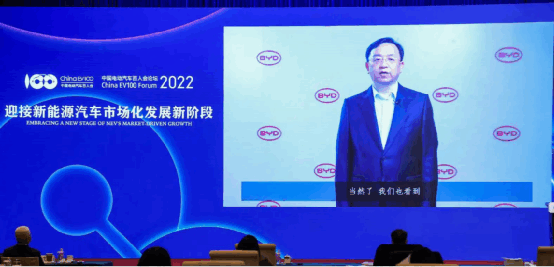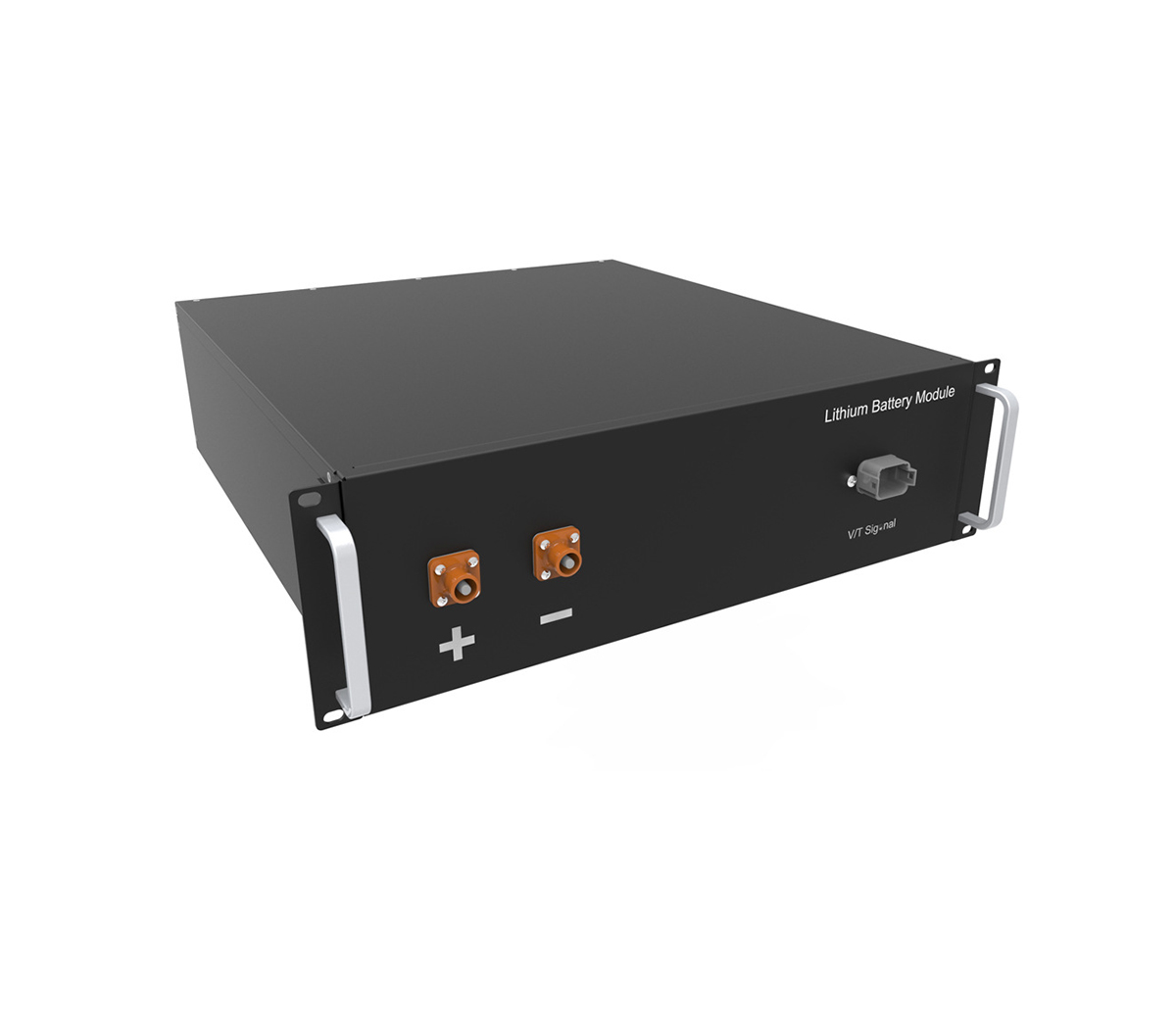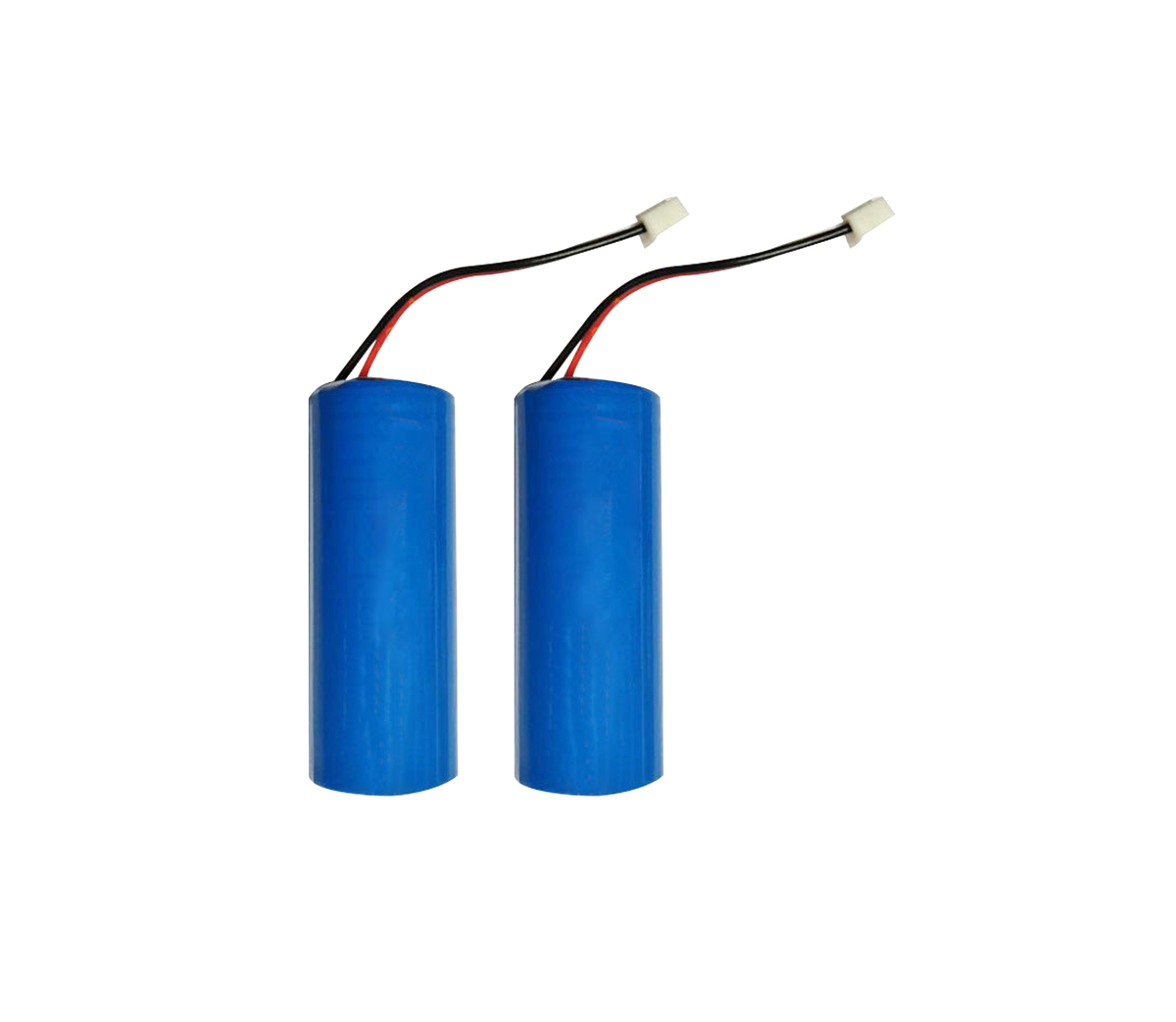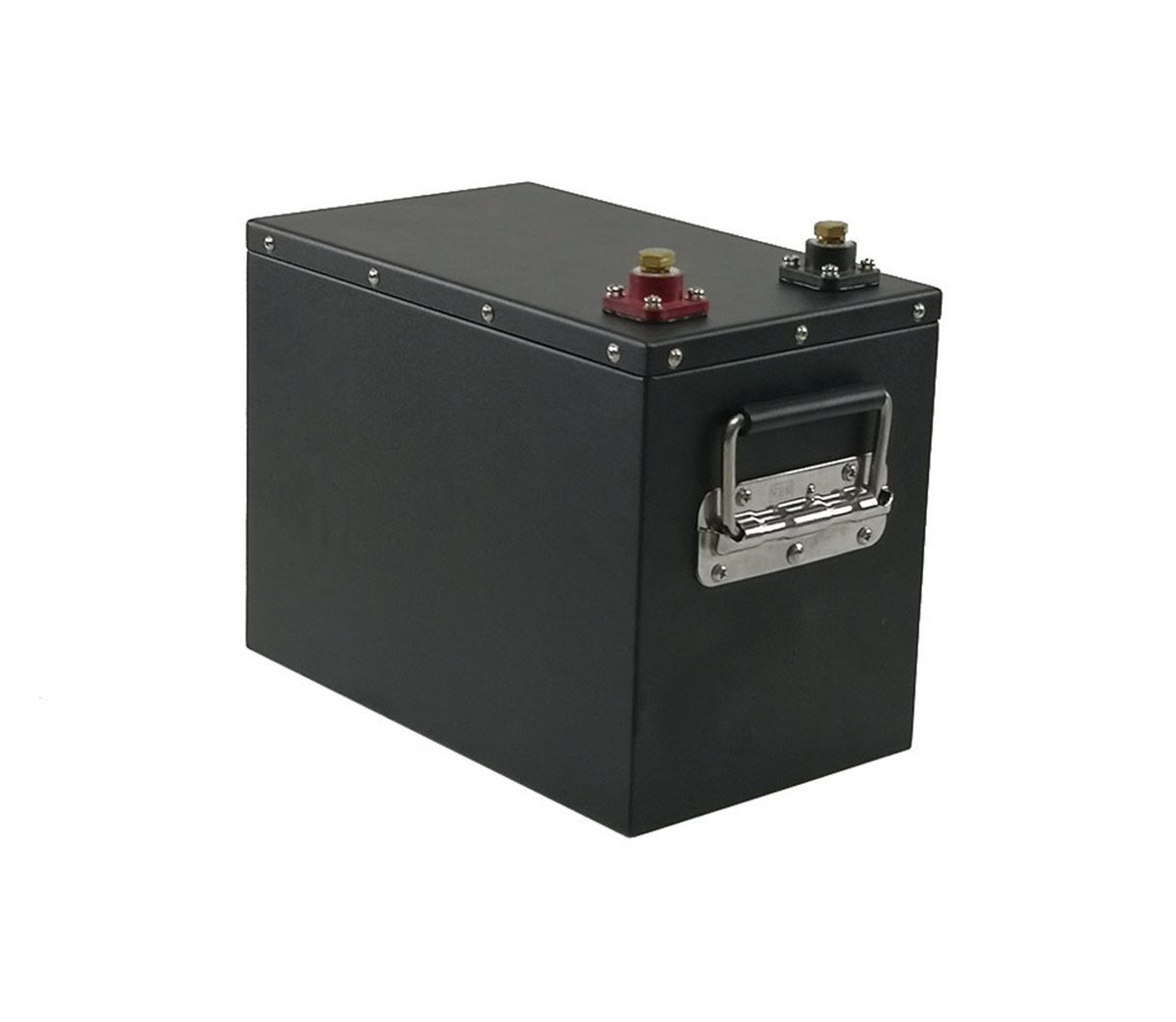Experts discuss the technical route selection and manufacturing
process selection of lithium batteries. Can the large cylinder break
through?
"By the end of this year, the penetration rate of new
energy vehicles in my country will reach 35%." Wang Chuanfu, president
of BYD, said at the 2022 China Electric Vehicle Hundred People's
Conference.
Wang Chuanfu's views have also been echoed. Changan
Automobile believes that 80% of Chinese fuel vehicle brands will "shut
down and turn around" in the next 3-5 years. Ouyang Minggao, an
academician of the Chinese Academy of Sciences, also said that in 2022,
the sales of traditional fuel vehicles will basically be close to the
peak, while new energy vehicles will enter a period of rapid growth.
On
the one hand, the accelerated development of the new energy vehicle
industry has an obvious substitution effect on fuel vehicles; on the
other hand, supply chain constraints are still the bottleneck
restricting its further expansion. The tight battery supply situation
is not expected to change this year. The current tight supply of
upstream raw materials for power batteries is mainly due to the long
expansion cycle of mineral resources, the room for improvement in
mining technology, and the impact of overseas mineral production
capacity.
Compared with ternary lithium batteries that require
rare metals such as cobalt and nickel, the cost of lithium iron
phosphate batteries is lower. Its market share has gradually surpassed
the ternary lithium battery. The data shows that China's lithium-ion
battery cathode material shipments were 1.094 million tons, of which
lithium iron phosphate cathode materials shipped 455,000 tons and
ternary lithium cathode materials shipped 42.2 tons. Lithium iron
phosphate material has surpassed ternary materials for five consecutive
years, becoming the sub-industry with the largest shipments and the
fastest growth rate in the cathode material segment.

In
the past, when the cruising range of an electric vehicle was 200
kilometers, the energy density was the most important indicator; but
when the cruising range reached 500 kilometers, it was the same as a
tank of fuel for a fuel vehicle, and the battery energy density was no
longer the most important. Important metrics can become safety, cost,
cycle life, etc.
The blade battery launched by BYD achieves that
the energy density of the package body is comparable to that of the
ternary battery, and the cycle life and safety factor are stronger,
bringing lithium iron phosphate back to the right path of the industry.
Lithium iron phosphate does not contain rare metals, which better
matches the affordability of social resources.
SES Power
believes that cost is an inescapable proposition. We use lithium iron
phosphate square aluminum shell lithium batteries of 12V100Ah, 12V200Ah,
24V100Ah, 24V200Ah, 36V100Ah, 48V50Ah, 48V100Ah, and the home energy
storage system HESS (3KW inverter output), It was welcomed for its
excellent value for money.
For the choice of battery route, the
technical route of lithium battery manufacturers has again
differentiated. Stimulated by Tesla's sales, the number of fans of 4680
large cylindrical batteries is increasing, and the CATL is launching
Kirin batteries to fight back.
Safety and economy are the
current focus of power batteries. The square ternary battery is prone
to spontaneous combustion due to its high nickel content. The price of
soft-pack ternary batteries with excellent performance is more
expensive than other battery systems. Compared with the two, the large
cylindrical battery has a stable structure in the whole life cycle.
During the battery life cycle, the 46-series large cylindrical battery
will not cause internal stress due to expansion, resulting in changes
in the internal structure of the battery, and will also become the main
power source for future high-end and mid-range vehicles.
According
to the puncture experiment of EVE Lithium Energy on the large
cylindrical battery, when the puncture experiment was carried out on 6
46 series batteries, the batteries quickly extinguished after they
caught fire. "When the internal pressure exceeds a certain value, the
battery cell will open the valve to directionally release the main heat
enthalpy inside the battery to avoid heat diffusion between the
batteries. The battery has a Vent (vent), which can quickly release the
battery pressure. " Explained the developers.
In addition to
EVE Lithium Energy, Panasonic Electric and BAK Battery are also
optimistic about the prospects of large cylindrical cells. According to
the data, BAK's large cylindrical battery cells will be mass-produced
in 2024, when the energy density will reach 285Wh/kg.
In the
face of the menacing large cylindrical batteries, CATL launched the
Kirin battery: under the same chemical system and the same battery pack
size, the 3.0 version CTP power is 13% higher than the 4680 system
energy density.
According to the information disclosed by CATL,
when the Kirin battery adopts the iron phosphate system, the system
energy density is expected to be 160Wh/kg-290Wh/L; when the ternary
system is used, the system energy density is expected to be
250Wh/kg-450Wh/L.
Of course, cylindrical batteries also have
certain advantages in terms of power rate output. SES Power's lithium
iron phosphate battery capable of rate discharge at -40℃ is a
cylindrical lithium battery with a model of 26650.
Against the
background of soaring crude oil prices, the substitution effect of new
energy vehicles is also accelerating, which is also an opportunity for
the development of lithium battery manufacturers and new energy vehicle
manufacturers. The technical routes of lithium iron phosphate and
ternary lithium are gradually differentiated. Based on energy density,
cost, and safety considerations, the market share of lithium iron
phosphate batteries has gradually dominated. At this stage, compared
with prismatic batteries and pouch batteries, the market size of large
cylindrical batteries is limited, and which packaging route is dominant
also needs to be tested by the market.



































